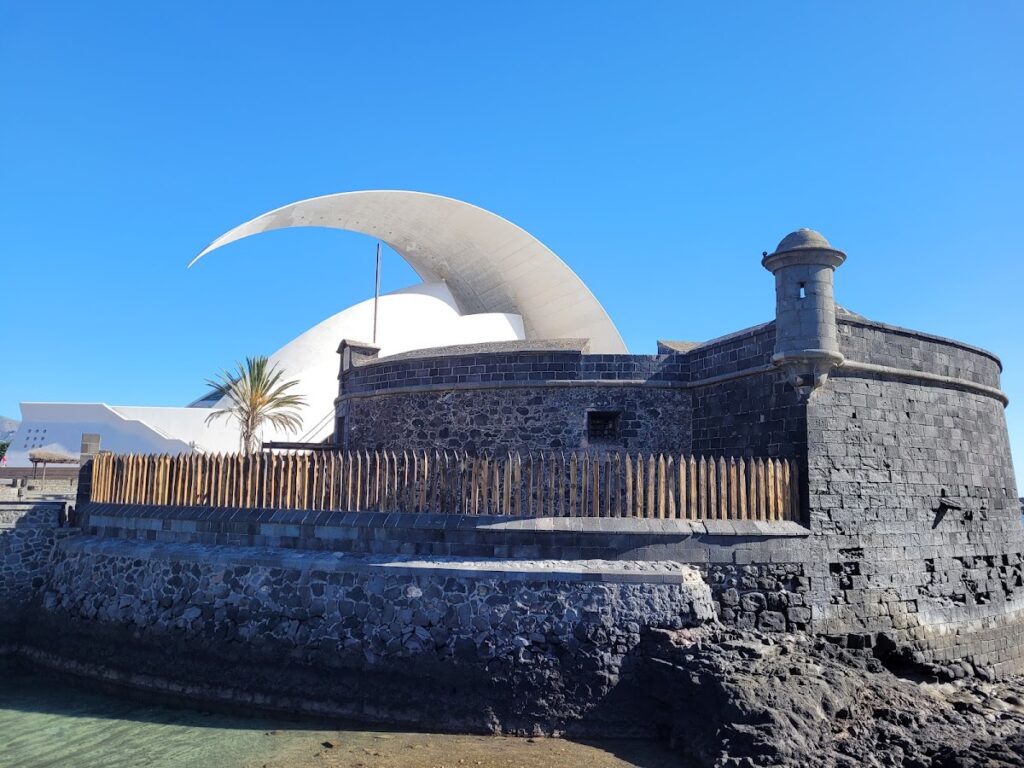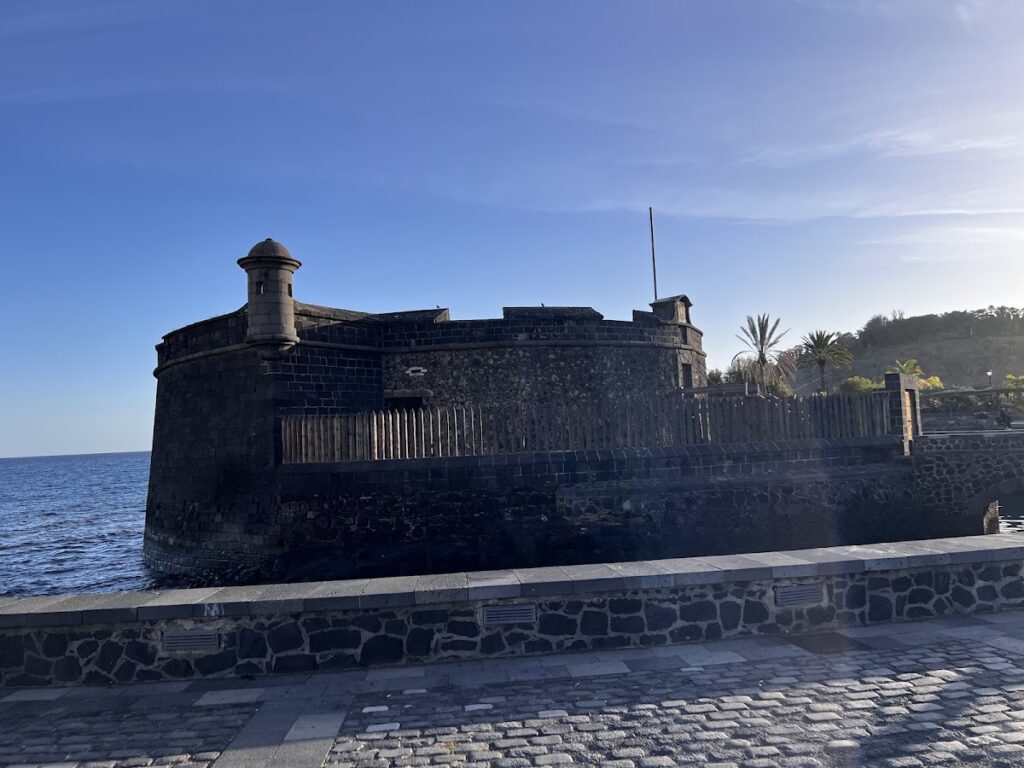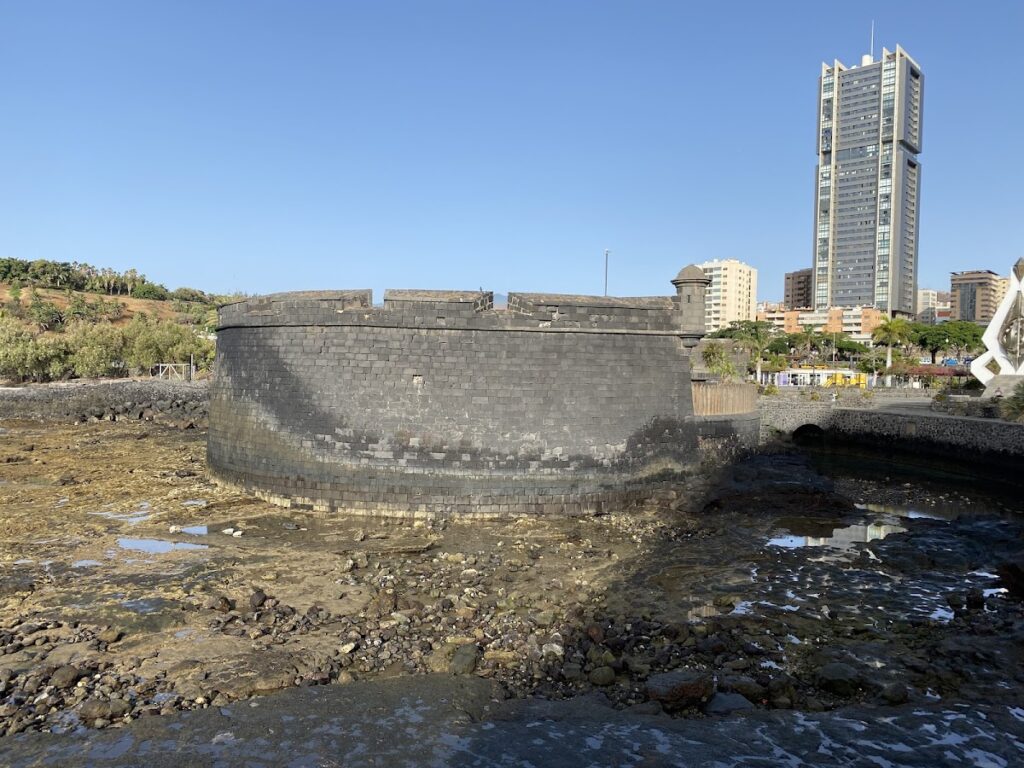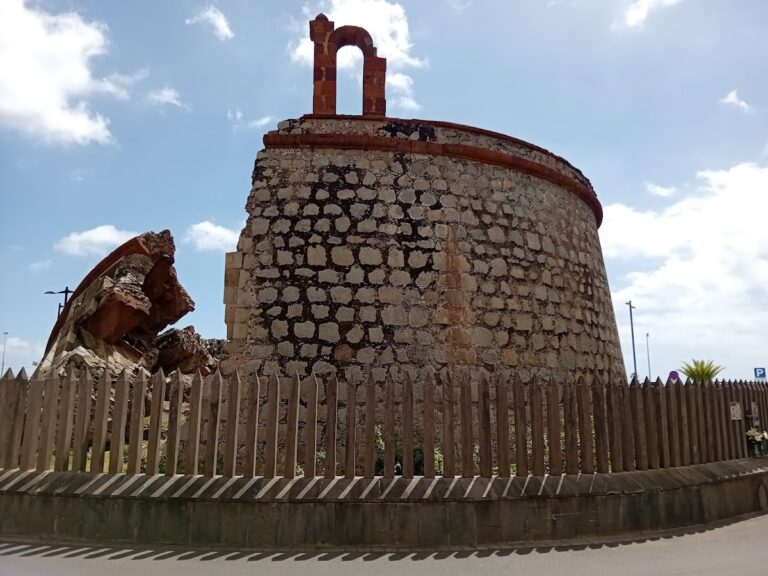Castillo de San Juan Bautista: A Historic Fortification in Santa Cruz de Tenerife
Visitor Information
Google Rating: 4.4
Popularity: Low
Google Maps: View on Google Maps
Official Website: www.santacruzdetenerife.es
Country: Spain
Civilization: Unclassified
Remains: Military
History
The Castillo de San Juan Bautista is located in Santa Cruz de Tenerife, Spain. This fortification was built by the Spanish during the early 17th century as part of a defensive effort prompted by political uncertainties in Europe and the vulnerability of the island.
Construction of the castle began in 1641 and was completed in 1643 under the supervision of Sergeant Major Juan Fernández Franco. This initiative arose following the Portuguese revolution of 1640 and the Catalan revolt, events that left the island exposed to possible attacks. The fort emerged as the second most important defensive structure safeguarding Santa Cruz de Tenerife, complementing other military installations in the area.
The castle continued to play a pivotal role in the island’s defense, most notably during the British naval assault led by Admiral Horatio Nelson on July 25, 1797. The successful repulsion of this attack is a significant moment in the island’s history, with annual reenactments near the castle commemorating the event.
In 1684, King Charles II granted the local governing council, known as the Cabildo de Tenerife, the authority to appoint the castle’s governor. This position, held by members of the nobility, carried several privileges including responsibilities related to health services, port regulation, fishing rights, maritime control, conflict mediation, correspondence, and tax collection on goods like salt and flour.
The fort remained active in military use until 1924. After a period of transition, it was repurposed as a military museum in 1948. In recognition of its historical importance, the castle was declared a Cultural Interest Asset with the status of Monument in 1993. The construction costs were covered through contributions demanded from local residents by Captain General Luis Fernández de Córdoba y Arce.
Remains
The Castillo de San Juan Bautista sits near the coastline in the center of Santa Cruz de Tenerife, behind the modern Auditorio de Tenerife and close to a small cove called Caleta de los Negros. Its layout reflects a strategic design aimed at coastal defense with a focus on durability and functionality.
One of the castle’s most distinctive features is a circular tower facing the sea. This tower was added during renovations in 1765 to strengthen the seaward side of the fort, addressing structural issues from earlier construction. The tower enhanced the fort’s ability to monitor and defend against naval threats.
The castle includes an open esplanade, a flat area atop the structure, surrounded by parapets fitted with embrasures. These gun ports were created to hold up to five artillery pieces, allowing for effective defensive fire across the approach to the harbor. Beneath this esplanade are two vaulted chambers, constructed with masonry walls approximately 1.5 meters thick. These chambers cover an area of about 47 square meters and likely served as storage or shelter for personnel and equipment.
Positioned roughly six meters above sea level, the fort occupies flat coastal terrain, with mountainous landscapes rising further inland. The existing state of the castle reflects the renovations carried out in the eighteenth century, which largely shaped its present-day appearance. The structure stands well-preserved, maintaining its integrity as a historic monument without decorative inscriptions or ornamentation noted in historical records.







